Disclosure: This article contains affiliate links. We may earn a commission from purchases at no extra cost to you, which helps our travel content.
If you've been following my journey for a while, you know I've got a thing for roads less traveled and beaches that don't make the tourist highlight reels. Well, friends, Northern Iceland just hit it out of the park on both counts. After years of dreaming about Iceland's volcanic landscapes meeting the Arctic waters, I finally took the plunge last summer, renting a rugged 4x4 and heading north from Reykjavík to Akureyri. What followed was a week of coastal exploration that felt like playing in the majors after years in the minors—dramatic black sand beaches, steaming geothermal shores, and fjords that would make even the most seasoned traveler's jaw drop. The best part? While the crowds flock south to the Instagram-famous spots, Northern Iceland's coastlines remain gloriously uncrowded, even in peak season. Grab your thermals (yes, even in summer) and let's explore Iceland's hidden bases—I mean, beaches.
The Road to Akureyri: Iceland's Northern Gateway
The 4.5-hour drive from Reykjavík to Akureyri is like watching the evolution of Iceland's landscape in fast-forward. I've driven some spectacular coastal routes—PCH has been my home turf for years—but Route 1 (Ring Road) heading north delivers inning after inning of jaw-dropping scenery.
Leaving the capital, you'll wind through moss-covered lava fields before the landscape gradually shifts to dramatic mountain passes and eventually the stunning fjord views approaching Akureyri. This isn't a drive to rush; I scheduled an entire day for the journey, making frequent stops to photograph the changing terrain.
Akureyri itself sits at the head of Eyjafjörður, Iceland's longest fjord, making it the perfect home base for exploring Northern Iceland's coastal treasures. With a population of just 19,000, it feels like a small town but offers all the amenities you'll need—from cozy coffee shops to surprisingly excellent restaurants serving local specialties.
For this road trip, I chose a mid-size SUV with decent clearance for some of the rougher coastal access roads. While summer driving conditions are generally good, Iceland's weather changes faster than a pitcher's strategy with bases loaded—clear skies can transform to sideways rain in minutes. Having a reliable vehicle with 4-wheel drive isn't just nice-to-have; it's essential for reaching some of the more secluded beaches.
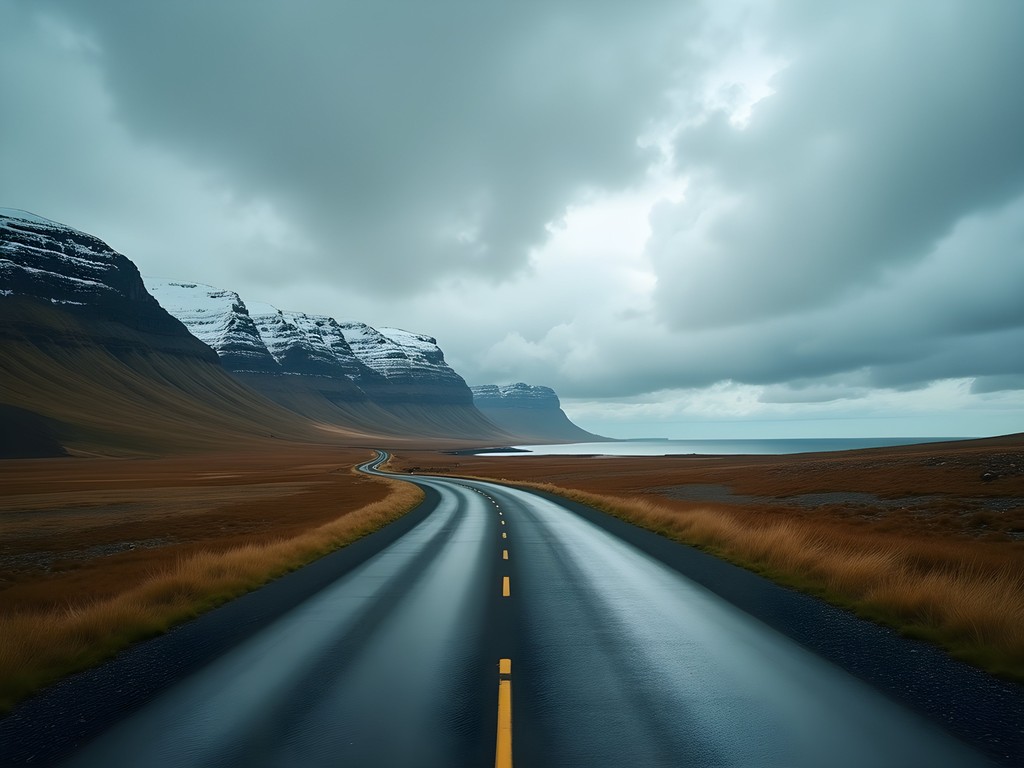
💡 Pro Tips
- Book your rental car well in advance if visiting in summer peak season (June-August)
- Download offline maps as cellular coverage can be spotty outside towns
- Consider the slightly longer coastal route rather than inland tunnels for better views
Hvítserkur Beach: Where Legends Meet the Shore
About a 2.5-hour drive northwest from Akureyri lies what I consider the MVP of Northern Iceland's beaches. Hvítserkur Beach features a 15-meter basalt rock formation rising from the shallow bay waters like something straight out of a fantasy novel. Local folklore claims it's a petrified troll caught by daylight while attempting to destroy a monastery, but geological explanations aside, the sight is nothing short of magical.
Timing is everything here. I arrived about two hours before low tide, which let me witness the changing perspective as the water gradually receded, eventually allowing closer access to the formation. The beach itself is a striking mix of black volcanic sand and smooth stones polished by the relentless North Atlantic.
The drive to Hvítserkur takes you through the Vatnsnes Peninsula, a remote area where you're more likely to encounter seals than tourists. The final approach is via a gravel road that descends steeply to a small parking area. From there, a wooden staircase leads down to the beach—wear sturdy hiking shoes as the steps can be slippery when wet.
I spent nearly three hours here, completely alone except for a brief visit from a local photographer who shared stories of how the rock formation appears dramatically different under various light conditions. As the midnight sun cast an ethereal glow across the beach around 11 PM, I understood why this place inspires such devotion among landscape photographers.
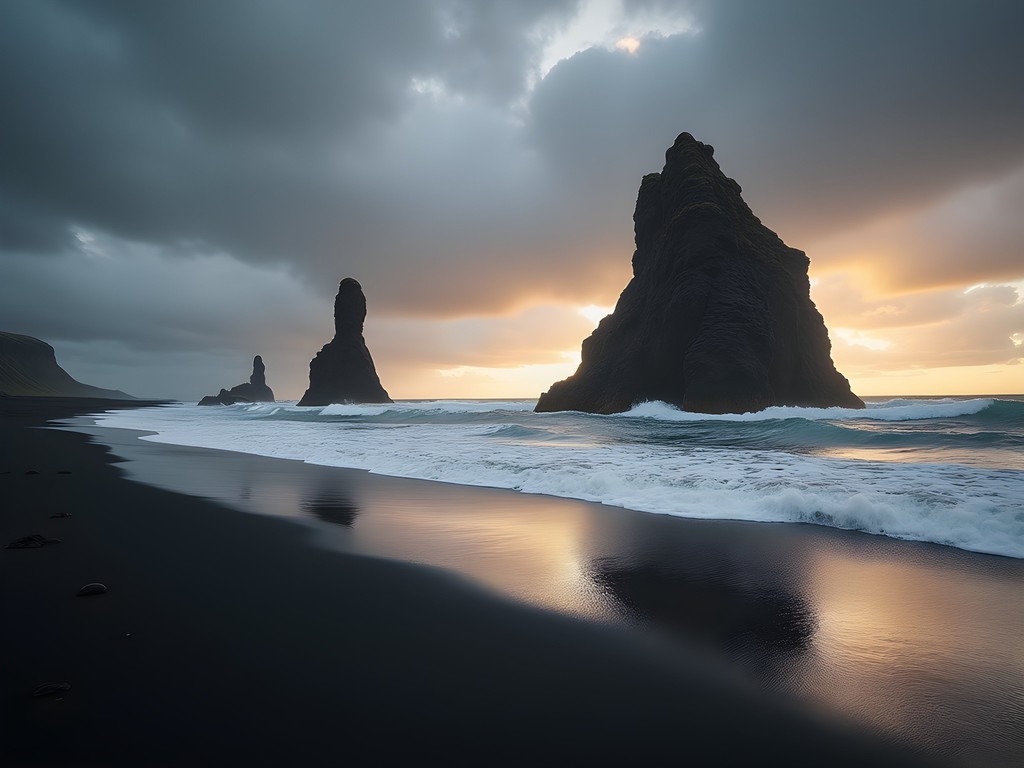
💡 Pro Tips
- Check tide tables before visiting—low tide offers the best access to the formation
- Bring a tripod for long-exposure shots that smooth the water around the rock
- Pack extra layers as the wind off the ocean can be bitingly cold even in summer
Djúpalónssandur: The Black Pearl of the North
While most travelers associate black sand beaches with Iceland's southern coast, the north offers equally dramatic volcanic shores without the tour buses. Djúpalónssandur, a secluded cove about a 3-hour drive from Akureyri, features a beach composed entirely of small, polished black lava pebbles that create a mesmerizing sound as the waves retreat.
What makes this beach particularly special is the collection of four lifting stones of different weights that have been used since medieval times to test the strength of fishermen. The heaviest—the "Full Strong" stone—weighs a formidable 154 kg, and I can confirm that I couldn't budge it an inch. These strength tests were once used to determine if men were strong enough to work on fishing boats, and they remain perfectly preserved on the shoreline.
The beach is also home to the rusting remains of the British trawler Epine GY7, which wrecked here in 1948. The Icelandic government has left the twisted metal pieces as a memorial to the 14 men who lost their lives in the disaster. Walking among these rust-colored remnants against the jet-black beach creates a sobering yet beautiful contrast.
The hike down to the beach follows a well-marked path through a lava field, and I'd recommend wearing waterproof hiking boots as the terrain can be uneven and often wet. The round trip from the parking lot takes about 30 minutes, but plan to spend at least two hours exploring the beach and surrounding cliffs.
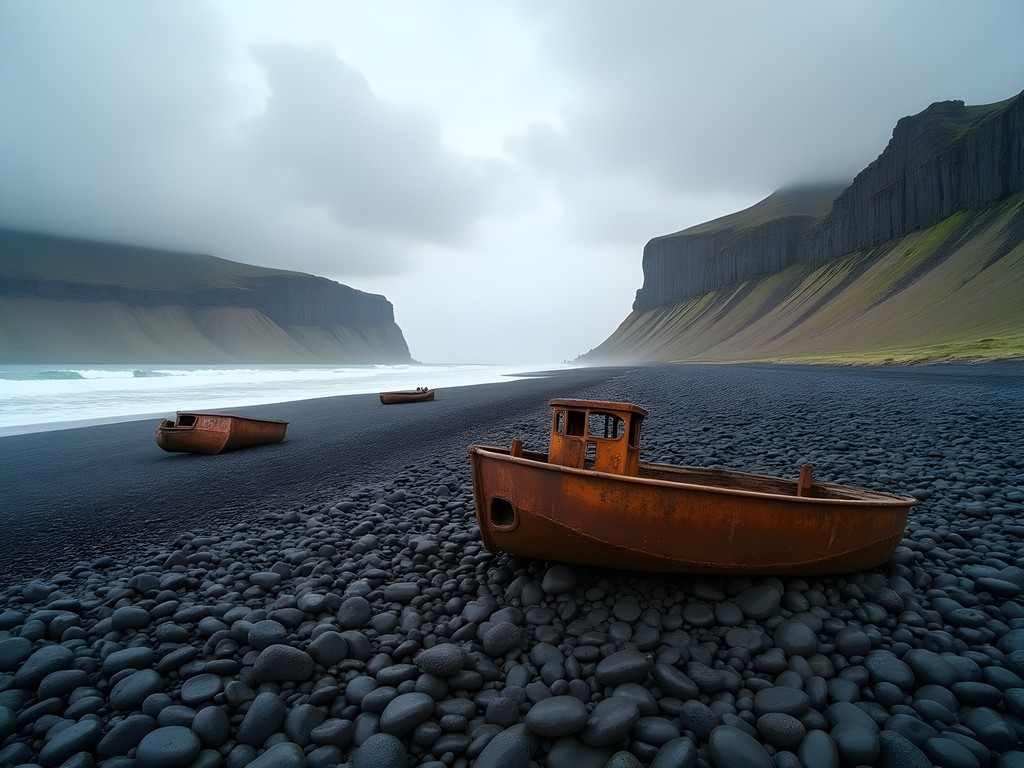
💡 Pro Tips
- Don't pocket the smooth pebbles despite how tempting they may be—it's illegal and harmful to the environment
- Visit in the early morning to avoid the few tour groups that occasionally stop here
- Bring a thermos of hot tea or coffee—the wind chill can be significant even on sunny days
Geothermal Beach Bliss: Krossneslaug
If there's one thing that makes Iceland's beaches truly unique, it's the possibility of encountering geothermal activity right at the ocean's edge. Krossneslaug in the remote Westfjords region (about a 4-hour drive from Akureyri on some challenging roads) represents the perfect marriage of these elements—a man-made geothermal pool built right at the edge of the black sand beach.
Getting here is half the adventure. The final 60km stretch follows a rough gravel road that hugs the coastline, with steep drops to the ocean on one side and mountains on the other. It's reminiscent of Big Sur's more dramatic sections, but with even fewer guardrails and the very real possibility of sheep wandering into the road. The drive requires patience and confidence, but the reward is absolute coastal magic.
The pool itself is a simple concrete structure with naturally heated water hovering around 100°F (38°C). What makes it extraordinary is the setting—as you soak, waves crash on the black sand beach just feet away, and on clear days, the Arctic Circle feels close enough to touch. I arrived just as a summer shower was clearing, creating a double rainbow that arched perfectly over the pool and out to sea—one of those baseball-metaphor moments where you feel like you've hit a grand slam in the travel experience department.
A small changing facility is available, and the modest entrance fee (about $10 USD) is collected via an honor box when no attendant is present. I packed my quick-dry travel towel which proved perfect for this kind of adventure—compact in my daypack but absorbent enough for a post-soak dry-off before the long drive back.
The isolation is part of what makes this place special—I shared the entire beach and pool with just two other visitors during a three-hour visit. We exchanged knowing glances that seemed to say, "Can you believe this place exists?"
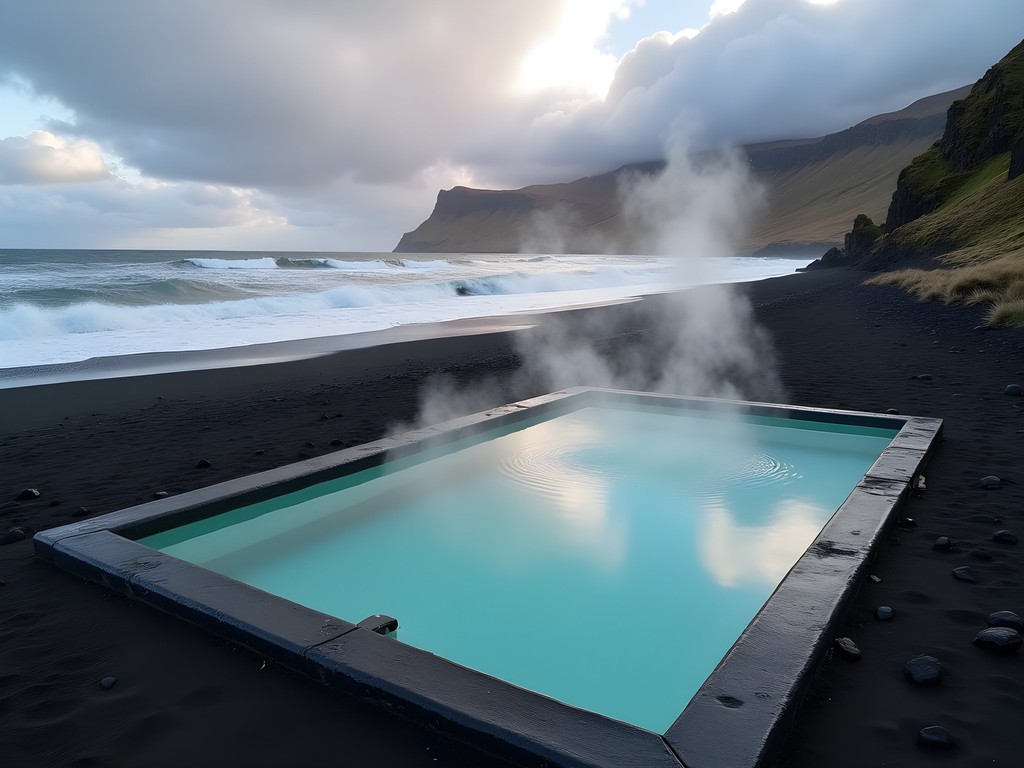
💡 Pro Tips
- Check road conditions before attempting the drive, especially in early summer when snow can still block portions
- Bring your own food and water as there are no services nearby
- Pack a waterproof case for your phone—you'll want photos from inside the pool looking out to the ocean
Diamond Beach North: The Lesser-Known Ice Gallery
Most Iceland itineraries include the famous Diamond Beach near Jökulsárlón in the south, where glacial ice chunks wash ashore on black sand. What many travelers don't realize is that Northern Iceland offers its own version of this phenomenon near the town of Húsavík, just an hour's drive from Akureyri.
Locally known as "Northern Diamond Beach" (though that's not its official name), this stretch of coastline receives smaller but equally photogenic ice fragments from nearby glacier runoff. The contrast between the crystalline ice and volcanic black sand creates a natural art installation that changes with each tide.
I arrived shortly after sunrise, when the low-angled light transformed each ice chunk into a glowing jewel against the dark canvas of the beach. The morning fog was just lifting, creating an ethereal atmosphere that felt almost otherworldly. Unlike its southern counterpart, I encountered only two other photographers during my three-hour visit—both Icelanders who seemed surprised to find a tourist who'd discovered their local treasure.
Birdlife adds another dimension to this beach experience. Arctic terns nest in the area during summer months, performing impressive aerial displays as they hunt small fish just offshore. Their distinctive calls provided a soundtrack to my morning of photography and beachcombing.
The beach access requires a short 15-minute hike from a small, unmarked parking area, which helps keep it relatively secret. I was grateful for my waterproof camera backpack as unexpected rain showers swept through twice during my visit, but my gear stayed perfectly dry as I captured the ice formations from various angles.
While the ice pieces here are generally smaller than at the southern Diamond Beach, the intimate scale and complete lack of crowds more than compensate. This is the kind of place where you can sit in silent appreciation of nature's artistry without jostling for the perfect Instagram shot.
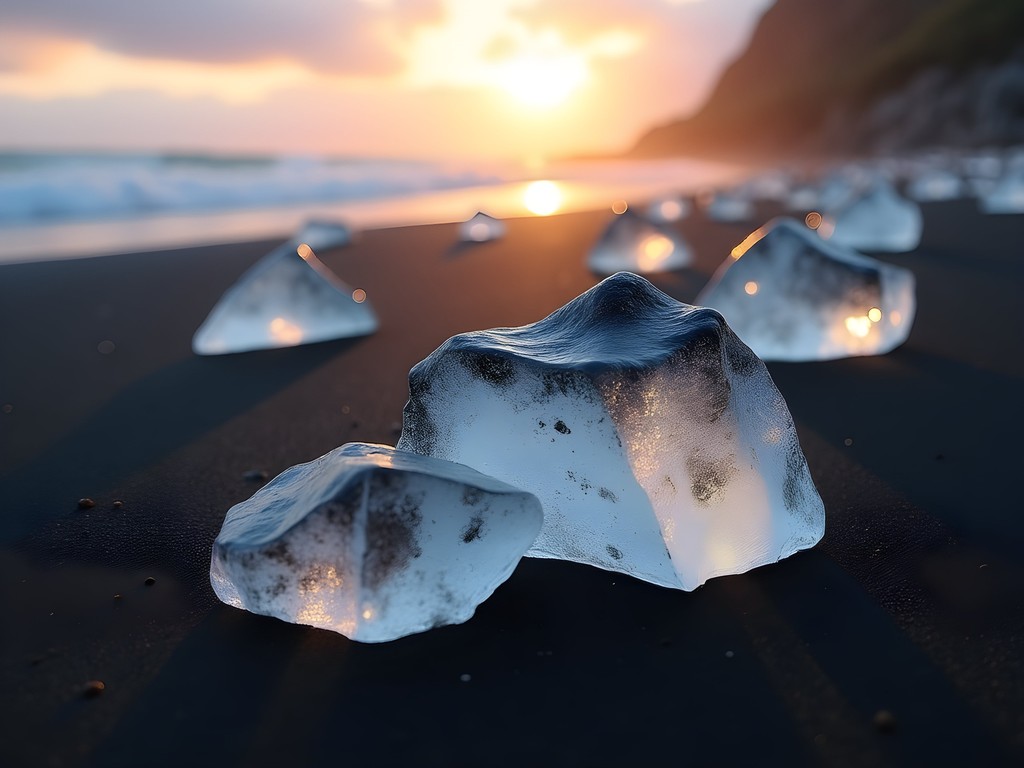
💡 Pro Tips
- Visit early morning or late evening for the most dramatic lighting on the ice
- Bring polarizing filters for your camera to cut glare and enhance the visibility of ice beneath the water's surface
- Watch the tide tables—retreating tides often reveal fresh ice formations
Coastal Conservation: Joining the Local Cleanup Movement
My travels have always been guided by a commitment to environmental responsibility, so I was particularly moved to discover Akureyri's growing beach conservation community. Despite Iceland's pristine appearance, its beaches aren't immune to the global plastic crisis, with ocean currents depositing debris even on the most remote shores.
On my third day in Akureyri, I spotted a flyer at a local coffee shop advertising a weekend beach cleanup at a nearby cove. Despite the language barrier, I showed up early Saturday morning and was welcomed by a group of about 15 locals armed with reusable bags and gloves. What followed was three hours of combing the shoreline for everything from fishing nets to microplastics, all while learning about local conservation efforts from my new Icelandic friends.
One participant, Magnús, explained that these cleanups happen monthly during summer and have removed over two tons of debris from Northern Iceland's beaches in the past year alone. He introduced me to the Blue Army (Blái herinn), Iceland's volunteer coastal cleanup organization that coordinates efforts around the country.
For travelers wanting to incorporate conservation into their Iceland experience, these cleanups offer a meaningful way to connect with locals while giving back to the landscapes we enjoy. The Akureyri Information Center keeps a schedule of upcoming events, and visitors are always welcome to join—no Icelandic language skills required.
After the cleanup, our group gathered for coffee and kleinur (Icelandic donuts) at a nearby café, where conversation flowed easily between discussions of ocean conservation and recommendations for hidden local beaches I should visit. This impromptu cultural exchange became one of my favorite memories from the trip—proof that meaningful travel connections often happen when you step off the tourist path and into the local community.
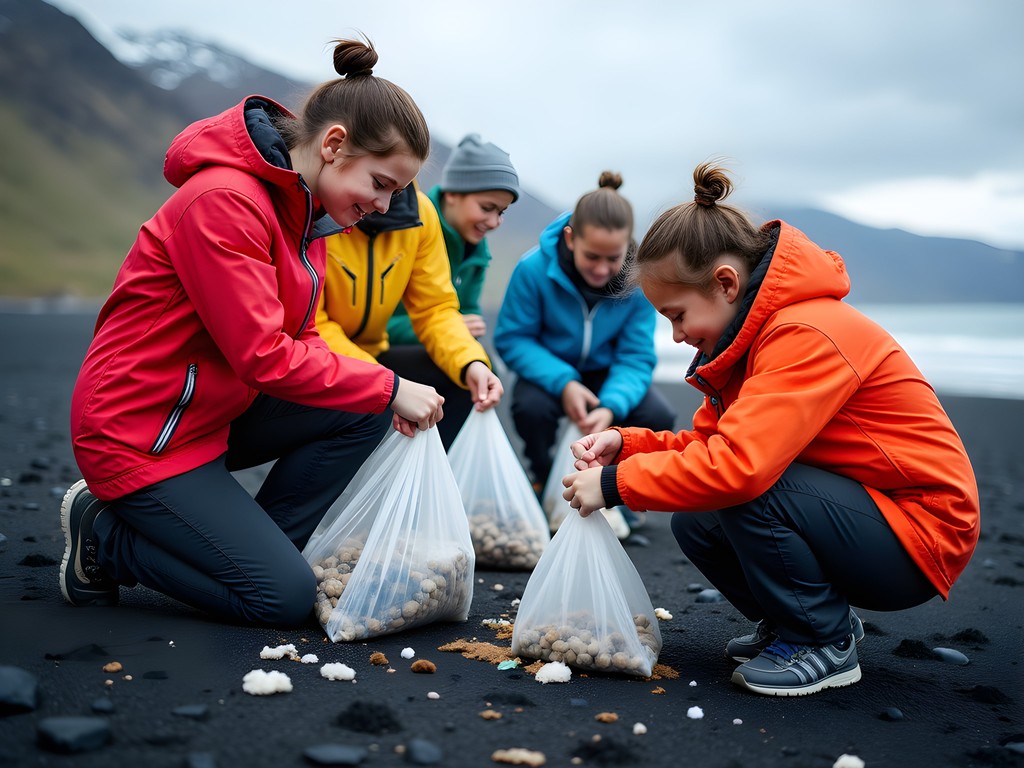
💡 Pro Tips
- Contact the Akureyri Information Center for schedules of upcoming beach cleanups
- Bring your own reusable water bottle and work gloves if you plan to participate
- Ask local participants for their favorite hidden beaches—you'll get recommendations that don't appear in guidebooks
Final Thoughts
As I drove back to Reykjavík along the northern coastal route, windows down despite the chill, I couldn't help but feel I'd discovered a different Iceland than the one splashed across social media. Northern Iceland's beaches offer something increasingly rare in our hyper-documented world—genuine discovery and solitude in landscapes of staggering beauty. From the volcanic black sands to geothermal shorelines, each beach tells a story of geological forces that have shaped this island for millennia. For couples seeking adventure beyond the typical tourist circuit, Akureyri provides the perfect basecamp for coastal explorations that will strengthen your connection to each other and to this remarkable land. The memories of standing hand-in-hand on empty beaches under the midnight sun, or soaking in geothermal waters as waves crash nearby, will last far longer than any souvenir. Northern Iceland isn't just a home run—it's a grand slam of coastal experiences that will reset your baseline for beach adventures forever.
✨ Key Takeaways
- Northern Iceland's beaches offer solitude and dramatic landscapes without the crowds of southern coastal attractions
- Combining geothermal experiences with beach exploration creates uniquely Icelandic memories
- Participating in local conservation efforts provides meaningful cultural connections beyond typical tourism
- Summer offers the magic of experiencing beaches under the midnight sun
- A 4x4 vehicle is essential for accessing the most rewarding coastal locations
📋 Practical Information
Best Time to Visit
June through August for milder temperatures and midnight sun; September for northern lights possibilities
Budget Estimate
$200-300 per day for couples (accommodation, car rental, food, activities)
Recommended Duration
Minimum 5 days, ideally 7-10 days to explore at a relaxed pace
Difficulty Level
Moderate - Requires Confident Driving On Gravel Roads And Comfort With Rapidly Changing Weather Conditions

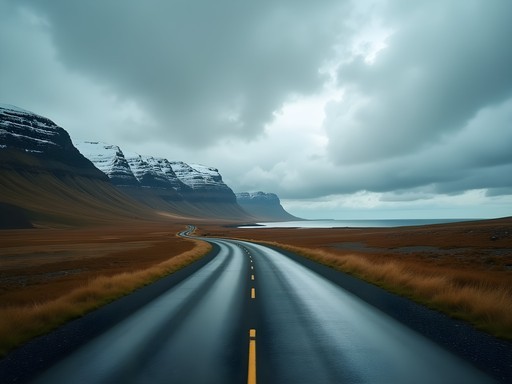
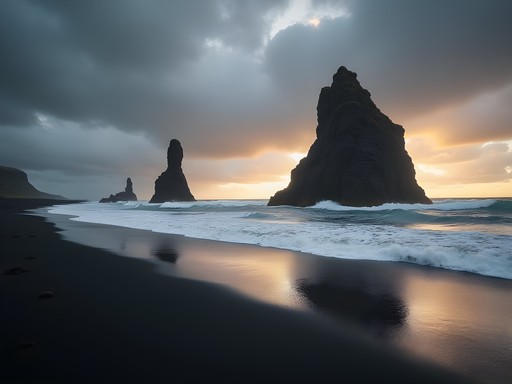

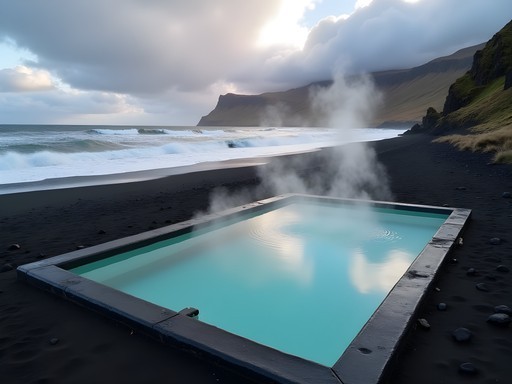
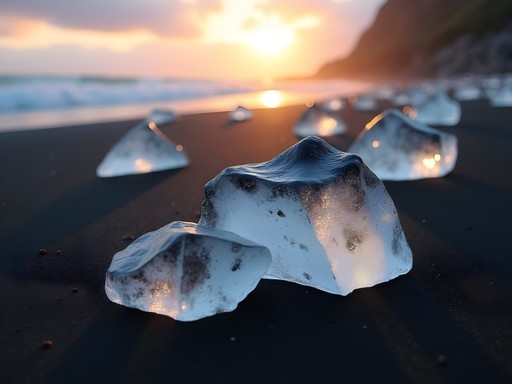
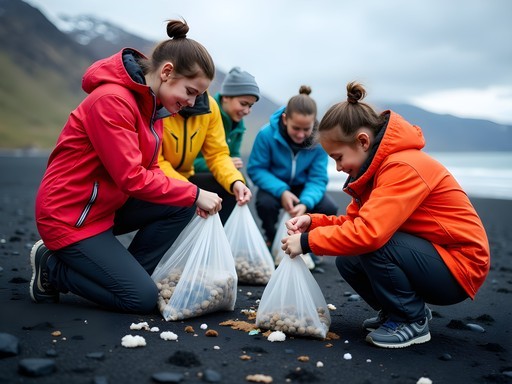


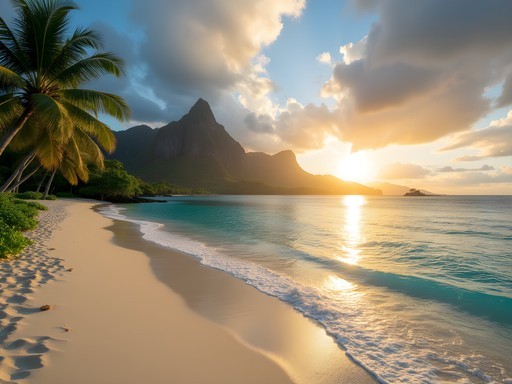

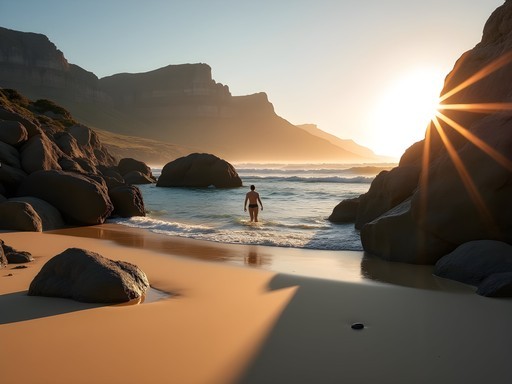
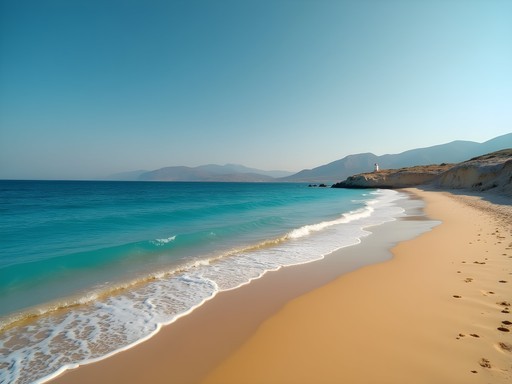
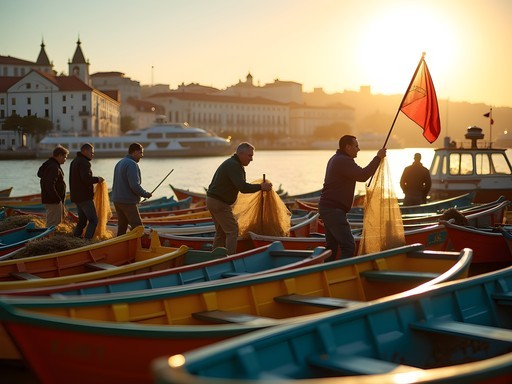
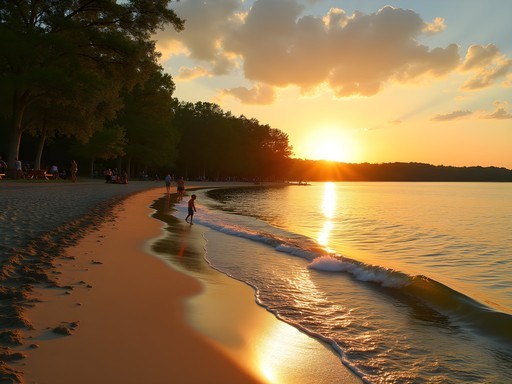
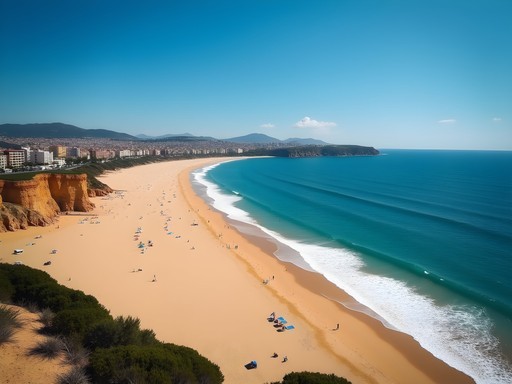

Comments
mountainrider
Great post! Those black sand beaches look unreal!
backpackace
Just got back from Northern Iceland last week and Djúpalónssandur was definitely a highlight! Those black pebbles are no joke though - they're super slippery when wet. I'd recommend wearing proper hiking boots with good grip if you're planning to explore the beach properly. Also worth noting that the wind can get really intense there, so secure your belongings (especially hats!). I lost my favorite beanie to the Icelandic winds! My waterproof backpack was a lifesaver for keeping camera gear dry during those sudden rain showers that seem to come out of nowhere.
mountainrider
Those winds are no joke! Lost my map that way last year.
Sophia Gomez
I visited Hvítserkur Beach last year during a business trip to Reykjavík and took a 3-day detour north. What struck me most was how the troll-shaped rock formation changes with the light throughout the day. If you're heading there, try to catch it at low tide when you can walk right up to it! I found myself completely alone there at 6am - just me and a few seals in the distance. Skylar, your description of the northern coastal route brings back all those memories. Did you stay overnight in any of the small fishing villages?
Skylar Woods
I spent two nights in Siglufjörður! Such a charming little harbor town with surprisingly good restaurants. The guesthouse I stayed at was run by this older couple who told amazing stories about growing up there during the herring boom.
happygal
Those hot springs look amazing! Is Krossneslaug accessible in October or would it be too cold by then?
Skylar Woods
It's definitely accessible in October! Just bring extra layers for when you get out. The contrast between the hot water and crisp air is actually magical that time of year.
happygal
Thanks so much! Adding it to my itinerary now!
exploreadventurer
I visited Hvítserkur Beach last summer and couldn't believe how few tourists were there compared to the southern coast! That rock formation really does look like a troll. Pro tip for anyone going: check the tide times before you visit. At low tide, you can walk right up to the formation, but during high tide, you're limited to the viewpoint from above. Still beautiful either way though!
backpackguy
Thanks for the tide tip! Any good apps you used for checking that?
exploreadventurer
I just used the standard Tides Near Me app - worked perfectly. The visitor center in Akureyri also posts daily tide info if you stop by there.
Megan Martin
Skylar, you've captured the magic of Northern Iceland perfectly! I visited Krossneslaug last winter and the contrast of hot geothermal waters against the snow and icy sea was mind-blowing. For anyone planning to go, I'd recommend bringing a quick-dry towel and waterproof bag for your swimwear afterward. The changing facilities are pretty basic. Also worth noting that some roads to these beaches require 4x4 vehicles, especially in winter months. I used my waterproof camera case to get some amazing shots while half-submerged in the hot springs!
Skylar Woods
Thanks Megan! Great tip about the 4x4 requirements - I should have emphasized that more. Winter visits definitely add another layer of magic (and planning)!
backpackguy
OMG those black sand beaches look INCREDIBLE!! Adding this to my bucket list right now!
cityace
This looks amazing! Did you rent a car to get to these beaches or is there public transportation? Planning a trip in March and trying to figure out logistics.
Skylar Woods
Hi cityace! I definitely recommend renting a car for Northern Iceland. Public transport is limited, especially to these more remote beaches. The freedom to explore on your own timeline is worth it!
cityace
Thanks for the quick response! Any specific rental companies you'd recommend?
Skylar Woods
I used Blue Car Rental - they have good 4x4 options which you'll want for some of those coastal roads. Book early for March!
globequeen
OMG THESE PHOTOS ARE EVERYTHING!!! 😍😍😍 I'm literally showing this post to my husband right now trying to convince him we need to go! That shot of the hot springs meeting the ocean is INSANE! Did you feel like the northern region was less crowded than the typical Golden Circle stuff? We're trying to avoid the tourist traps on our first Iceland adventure. LOVE your writing style too - felt like I was right there with you!
Skylar Woods
Thank you so much! And yes, Northern Iceland is definitely less crowded - sometimes you'll have these incredible beaches completely to yourself, especially if you go early morning. The Golden Circle is beautiful but Northern Iceland feels like a different world entirely!
smartfan
Can confirm - went in September and barely saw another soul at some of these spots. Magical!
journeymood
How difficult was the drive to these beaches? I'm planning a solo trip and wondering if I need a 4x4 or if a regular rental car would make it? Particularly interested in reaching Krossneslaug!
Skylar Woods
For Krossneslaug specifically, I'd definitely recommend a 4x4, especially if you're going outside of peak summer. The F-roads can be pretty rough. Some of the others are accessible with a standard car if weather conditions are good!
Venture X
Premium card with 2X miles, $300 travel credit, Priority Pass